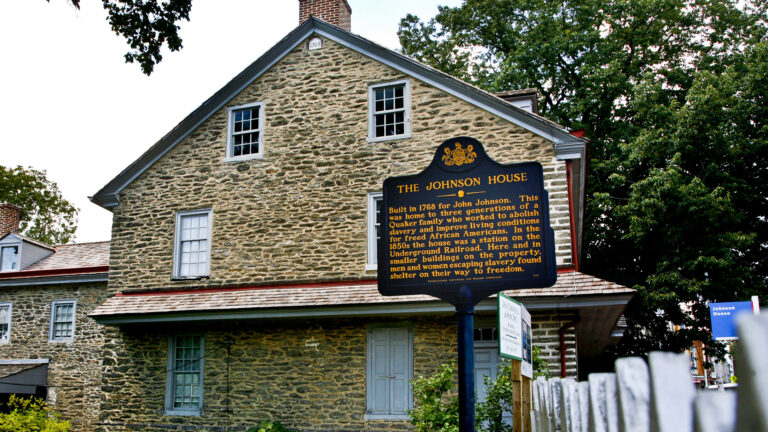Why is Homeowners Insurance Going Up? Understanding the Factors Driving Rising Premiums
Homeowners insurance is critical to protecting your home and personal property, but in recent years, homeowners across the country have been facing rising premiums. So why is homeowners insurance going up? There are several factors at play.
Increasing Frequency and Severity of Natural Disasters
One of the primary drivers of rising homeowners insurance premiums is the increasing frequency and severity of natural disasters. Hurricanes, floods, wildfires, and other natural disasters have become more common in recent years, leading to higher insurance payouts for insurers. This, in turn, leads to higher premiums for homeowners.
In addition, changes in building codes and regulations have made it more expensive to rebuild homes after a disaster, further driving up the cost of insurance.
Rising Repair and Replacement Costs
Another factor contributing to rising homeowners insurance premiums is the rising cost of repairs and replacements. The cost of building materials, labor, and other factors that contribute to the cost of repairs and replacements has been steadily increasing in recent years. This means that when homeowners file a claim, the cost of repairing or replacing damaged property is higher than it would have been in the past, leading to higher insurance payouts and higher premiums.
Other Factors Driving Up Homeowners Insurance Costs
In addition to these primary factors, several other factors contribute to rising homeowners insurance costs. These include:
- Increased litigation and legal costs: Homeowners are more likely to file claims and file them for larger amounts than in the past, leading to more lawsuits and legal challenges that can be expensive for insurers to defend against.
- Aging homes: As homes age, they become more expensive to repair and maintain, leading to higher insurance costs.
- Location: The location of a home can also impact insurance costs. Homes in areas prone to natural disasters or high crime rates may be more expensive to insure.
What Homeowners Can Do to Manage Rising Insurance Costs
While rising homeowners insurance costs may seem daunting, there are several steps homeowners can take to manage these costs. One is to shop around for insurance and compare rates from multiple insurers. This can help you find the best coverage at the most affordable price.
Another is to raise your deductible. A higher deductible means you will pay more out of pocket in the event of a claim, but it can also lower your monthly premiums.
Finally, it is important to regularly review your coverage and ensure it is still appropriate for your needs. Your insurance needs may also change as your home and personal property change. By regularly reviewing your coverage and adjusting it as needed, you can ensure that you have the right amount of coverage at the right price.
In addition to these steps, homeowners can do several other things to manage their insurance costs. These include:
- Maintaining your home: Regular maintenance can help prevent damage and reduce the likelihood of a claim. This, in turn, can help keep your insurance costs down.
- Improving home security: Installing a security system or making other improvements to your home’s security can reduce the risk of theft or vandalism, which can lower your insurance costs.
- Bundling insurance policies: Many insurers offer discounts to customers who bundle multiple insurance policies, such as homeowners and auto insurance.
The Future of Homeowners Insurance
As the factors driving rising homeowners insurance costs continue to evolve, the future of homeowners insurance remains uncertain. However, several trends are likely to shape the industry in the coming years.
One is the increasing use of technology, such as smart home devices and data analytics, to understand better and manage risk. This could lead to more personalized insurance policies and more accurate pricing.
Another trend is the increasing focus on sustainability and resilience. As the impacts of climate change continue to be felt, insurers may begin to offer policies that incentivize homeowners to make their homes more sustainable and resilient.
In conclusion, rising homeowners insurance costs are a complex issue driven by various factors. By understanding these factors and taking steps to manage your insurance costs, you can ensure you have the coverage you need to protect your home and personal property. As the industry continues to evolve, it is essential to stay informed and be prepared for the future.







